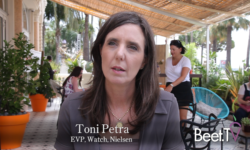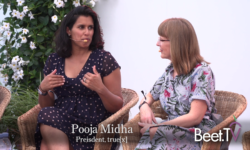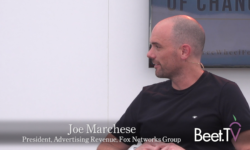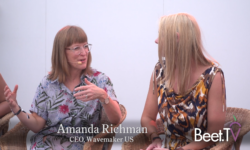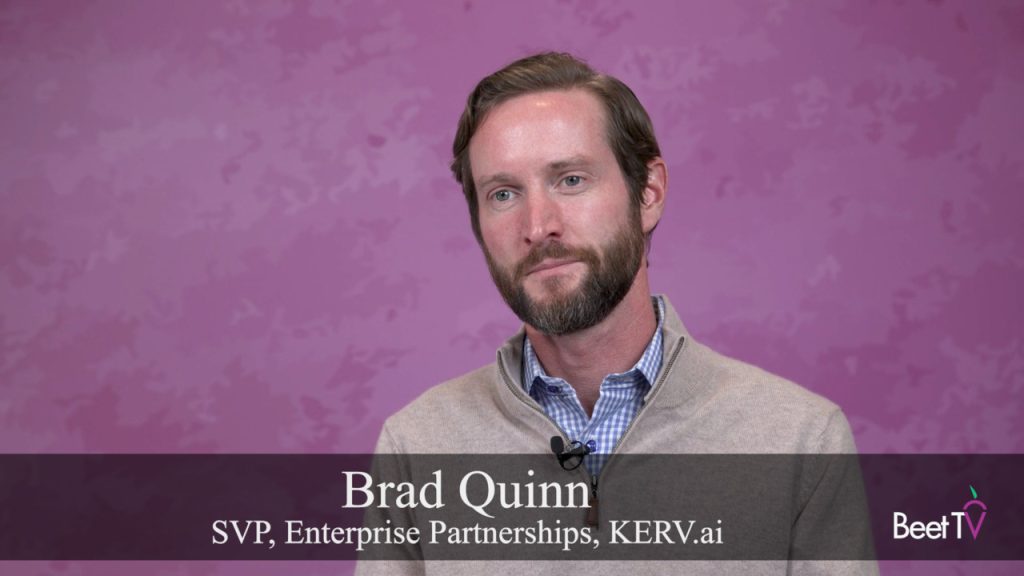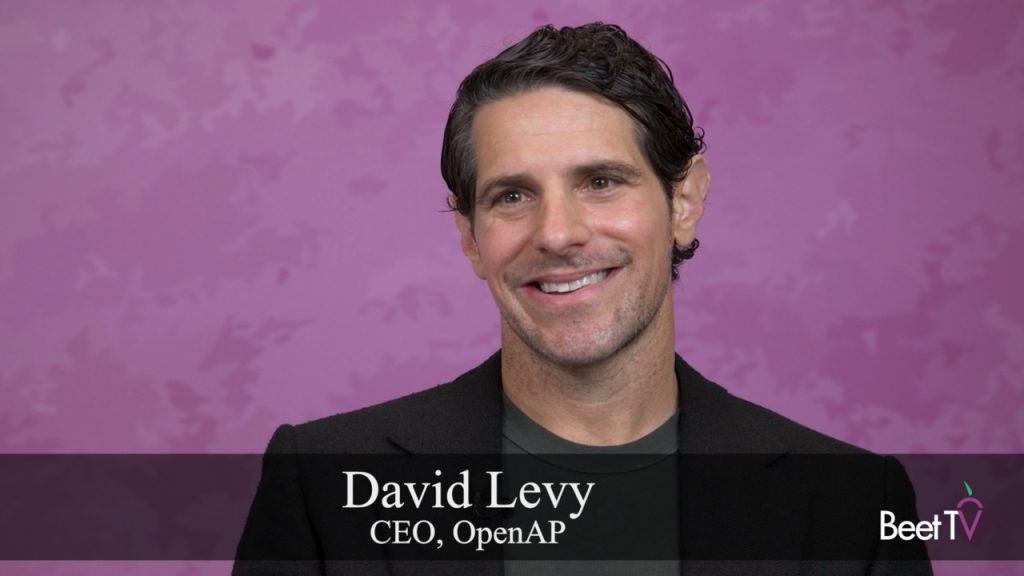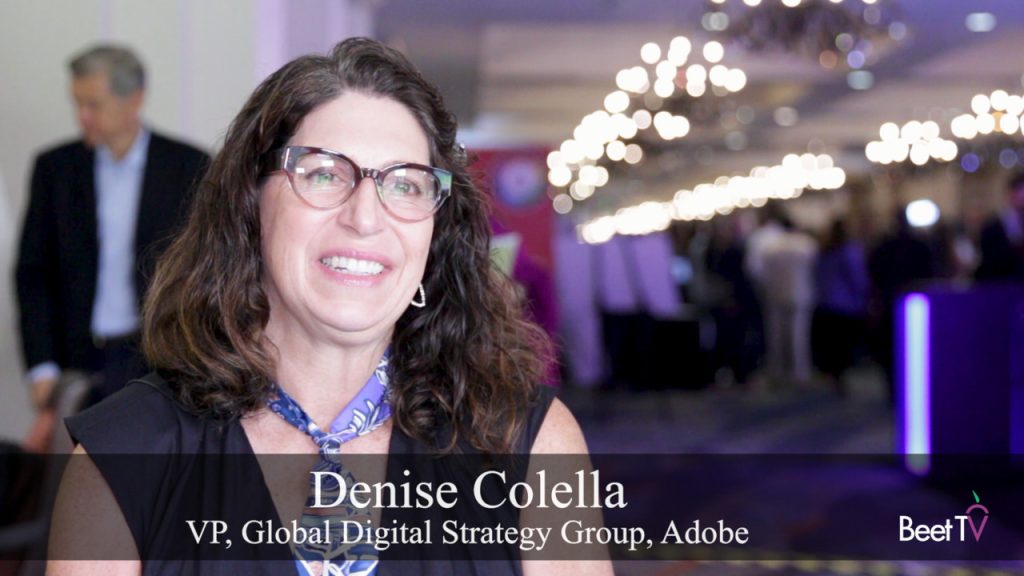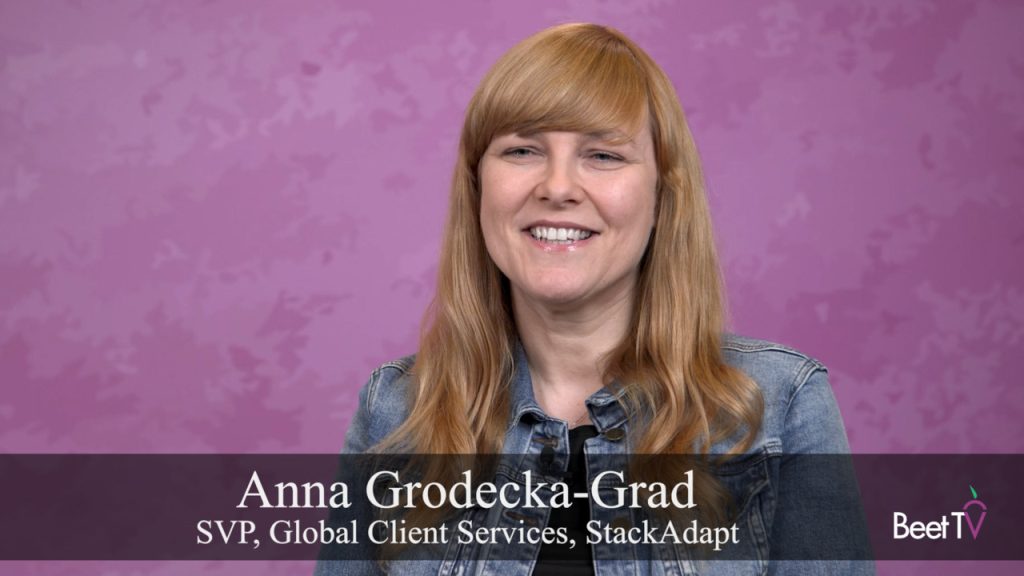CANNES — Even before digital media came along, it was a chore to reconcile buys across radio, print, television and other media while monitoring discrepancies and make-goods. Throw in the dizzying complexity of digital media transactions and it’s no wonder that marketers like Unilever are embracing blockchain technology.
“What blockchain does is create a single ledger that everyone trusts,” says Vedant Sampath, CTO of software and computing services provider Mediaocean, which is teaming with IBM’s iX agency on a blockchain consortium solution. Uniting some of the world’s largest advertisers, agencies and publishers—including Kellogg, Kimberly-Clark, Pfizer, Unilever and IBM Watson Advertising—the solution aims to provide transparency and build trust and accountability in the advertising ecosystem.
In this interview with Beet.TV at the Cannes Lions International Festival of Creativity, Sampath provides a before and after look at media transactions and explains what blockchain brings to the table.
“So if you look at the media supply chain, the value chain consists of the advertiser, the agency, the suppliers and all of the adtech players. All of these are multiparty transactions, meaning from a marketer standpoint that money is being spent by multiple players involved in the process,” Sampath says.
Without access to a blockchain, “everyone puts that information into their own ledgers. And when it comes time to reconcile, they take the invoice and compare it against their ledger. And this happens multiple times across all of the parties.”
This is where the single ledger comes in. “So where previously you trusted your ledger, now you trust the common ledger,” says Sampath. “So everyone has all of their transactions in one place. Reconciliation in that context becomes a lot easier.”
When an agency sends a media plan to its client, the marketer approves it and generates a purchase order, which has terms and conditions. “That gets written to the blockchain.” Campaigns are then generated, with spending across a number of different media suppliers.
“There are insertion orders, or if it’s a programmatic buy there may be a DSP where you’re sending the buy. All of those have terms and conditions. We capture that in the blockchain. And then when the invoice comes in and the payments happen, all of those are captured.”
Via the blockchain’s application programming interfaces, any players in the ecosystem can integrated into the blockchain and updated with the transactions that sit in their systems. The users have consoles that they can look at to roll up the data.
“Today, when there’s an order we update our internal ledger. But in the new world we’ll be updating the blockchain ledger, the distributed ledger. It will be transparent to the end user,” says Sampath.
This video is part of a series produced at Cannes Lions 2018 on the emergence of blockchain in the media ecosystem. This series is presented by Mediaocean. For more videos from the series, visit this page.












